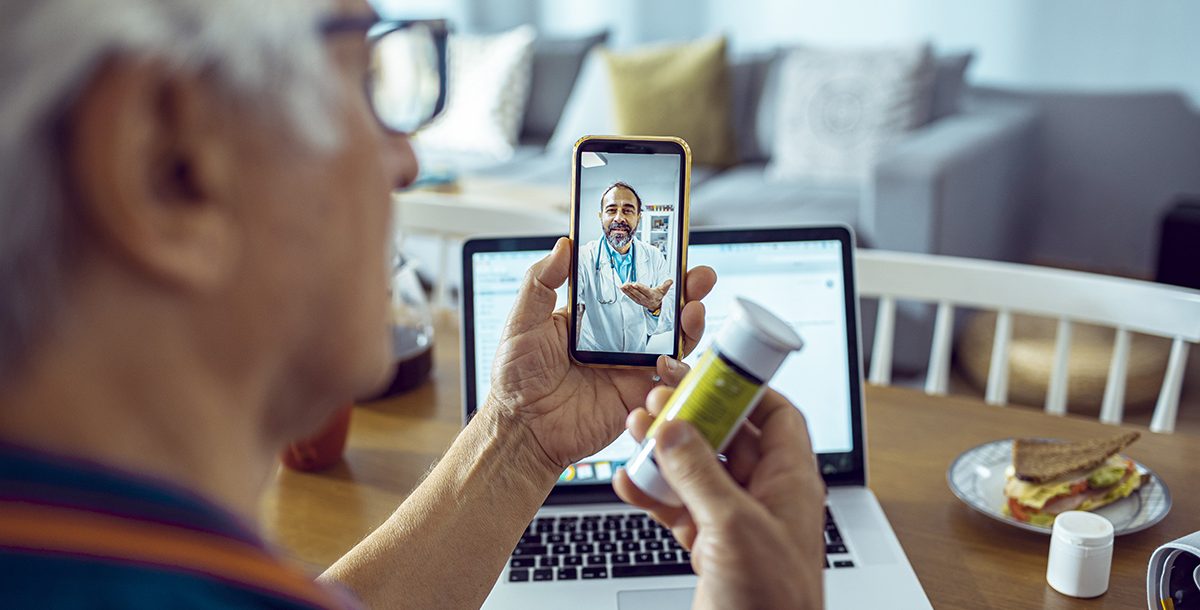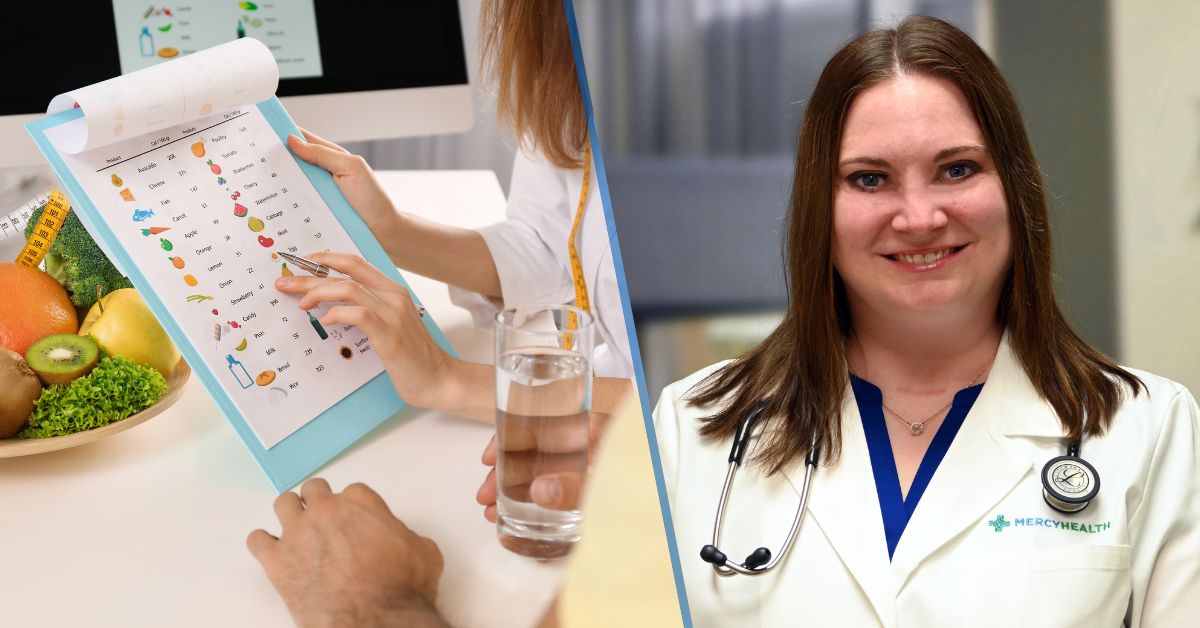Video visits with primary care providers became popular during the COVID-19 pandemic and are likely here to stay. After all, when you have a common health issue, like an earache, pink eye or the flu, it’s a lot easier to meet with your provider via a 15-minute video chat than to travel to their office to see them in person.
However, if you’ve never done a video visit before, you may need to do a little prep work first. Otherwise, it can be overwhelming, and both you and your provider may not have all the information you need for a successful visit.
Before you meet with your provider virtually, run through this checklist.
Find a good place in your home for your visit
Before you get started, think about where the best place to conduct your video visit might be. You’ll need to choose a room that is quiet, especially if you have kids, pets or roommates who may interrupt you. You’ll also want a space that is well lit, so your provider can see you and examine any physical symptoms you have.
Test your technology
You’ll use your smartphone, tablet or computer for your video visit, so you’ll want to make sure they’re charged up and ready for the appointment. Your volume should be turned up, and your microphone and camera should be working. Depending on who you are doing your visit with, you may need to download an app.
Take pictures if necessary
In some cases, you may need to provide pictures. For example, maybe you have a rash on your back, or a bruise on your leg. If you have the opportunity, send the picture in when you book the appointment.
Think of any questions you may have
You may also want to write down a list of questions you have for the provider. This might include things like:
- Am I contagious?
- Is it normal to feel this way?
- What can I do for pain?
- When should I expect this to heal?
Make a list of your prescriptions
Your doctor will also need to know what medications you’re currently taking. This helps them prescribe new medications that won’t interfere with the old ones. Make a list of their names, as well as the amount you take and how often. You may also need to explain why you take some medications. Be sure to also include any over-the-counter medicine you take on a regular basis.
Know your other doctors’ information
Do you have other doctors you see? If so, you’ll want to have their names and contact information on hand, too. These doctors could include your cardiologist, dermatologist, OB/GYN or psychiatrist, to name a few.
Have your medical history information available
Your doctor will likely want to know your medical history, especially if it’s your first time seeing them. And even if you are already established with the provider, make sure you have a list of any conditions you have, any allergies you have and any major illnesses or surgeries you’ve had since your last check-up.
Have any medical devices handy
Thermometer, scale, blood pressure cuff, pulse oximeter, blood sugar monitor — make sure any medical devices you can use to test your vital signs are handy. Your provider may want to see a current reading during your video visit.
Take notes, if possible
Finally, have a pen and notepad handy so you can take notes. Your provider may tell you to purchase an over-the-counter medication or to follow special instructions to keep something clean. Writing it down can help you remember the important details.
Learn about the virtual care options as well as primary care services we offer at Mercy Health.






